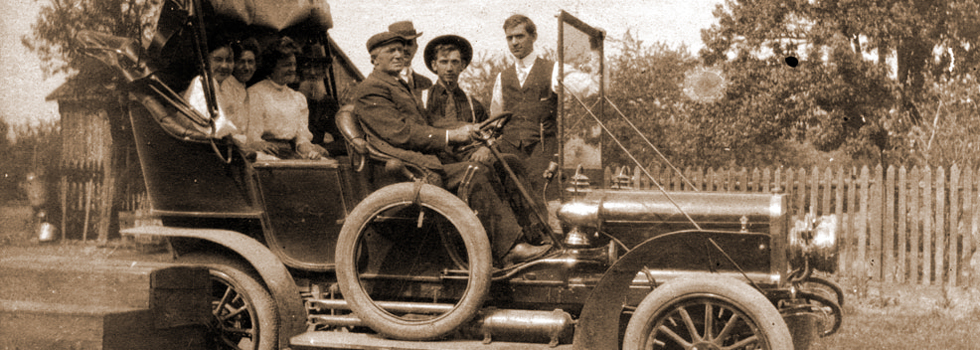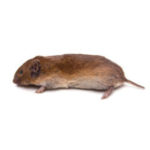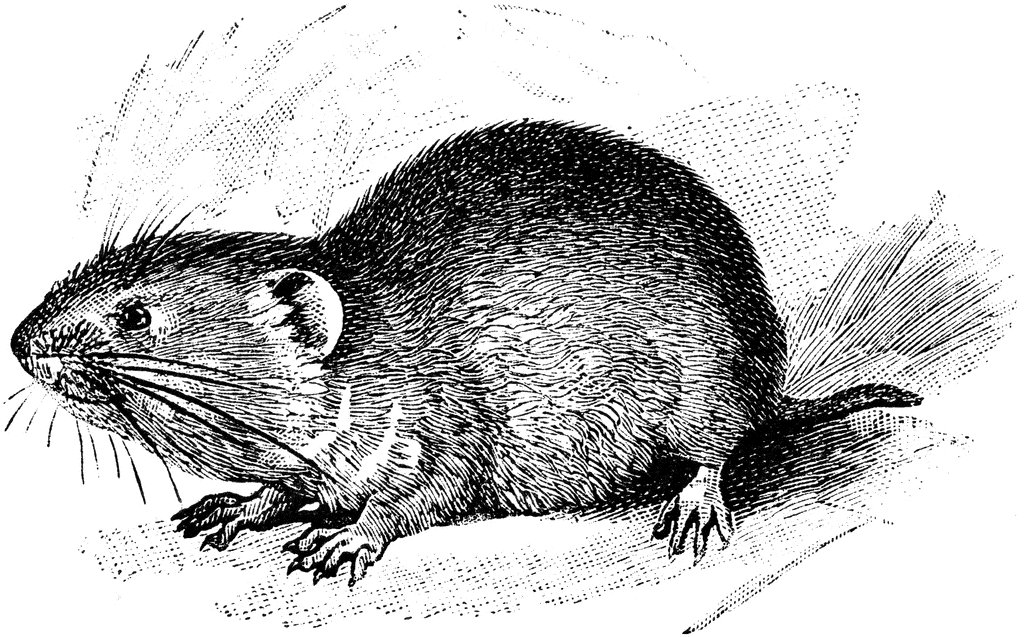As my friend left our house recently, I noticed this little vole running in circles on the driveway.
I don’t know what was wrong with this little guy but he continued his compulsive circling until my husband scooped him up in a bin and took him back into the woods to release him.
Voles aren’t exactly the most interesting wildlife creatures I’ve ever seen in my backyard, but I’m adding them to my blog here just for fun.
Called Microtus pennsylvanicus by biologists and people who like to show off, voles are also known as meadow mice or field mice. They are mouse-like in appearance but have short tails and long cylindrical bodies up to 5 to 7 inches long including tail. Their fur is brown with a lighter silver or gray belly.
Voles make their homes in moist grasslands, woods, and my attic. They are active year-round and throughout the day and night, foraging and eating frequently. During their downtime, they hang out in nests created from piles of mixed grasses, sedges, and weeds, located either above or below ground. Radiating out from these nests are networks of shallow burrows through which the voles run in search of food.
Dinner consists of grasses, sedges, and other green things in the garden, with an occasional insect or snail, supplemented in times of great hunger by a scavenged animal carcass or even one of its own family members. In winter, seeds and tubers are stored in nests and burrows.
All that eating was used to good purpose: voles procreate at an astounding rate, producing up to 17 litters per year with four to six young per litter.
My research did not turn up any possible reasons for the circling but I suppose it could be a brain tumor, a virus, or some kind of infection.



Hi Karen. I love the beautifulness you put into your website. We have some things in common. Gardens and wildlife. Have you been to Mt Cuba Center in Greenville? They have their Wildflower Celebration Day that is free and they reopen up on April 1. Check it out. My husband works there. He is in charge of any IT issues etc.
So it’s apparently not a one-off!
… I saw the same vole-circling phenomenon this month. It was repeating a small circle about 8″ in diameter at dusk on the bike path in front of me.